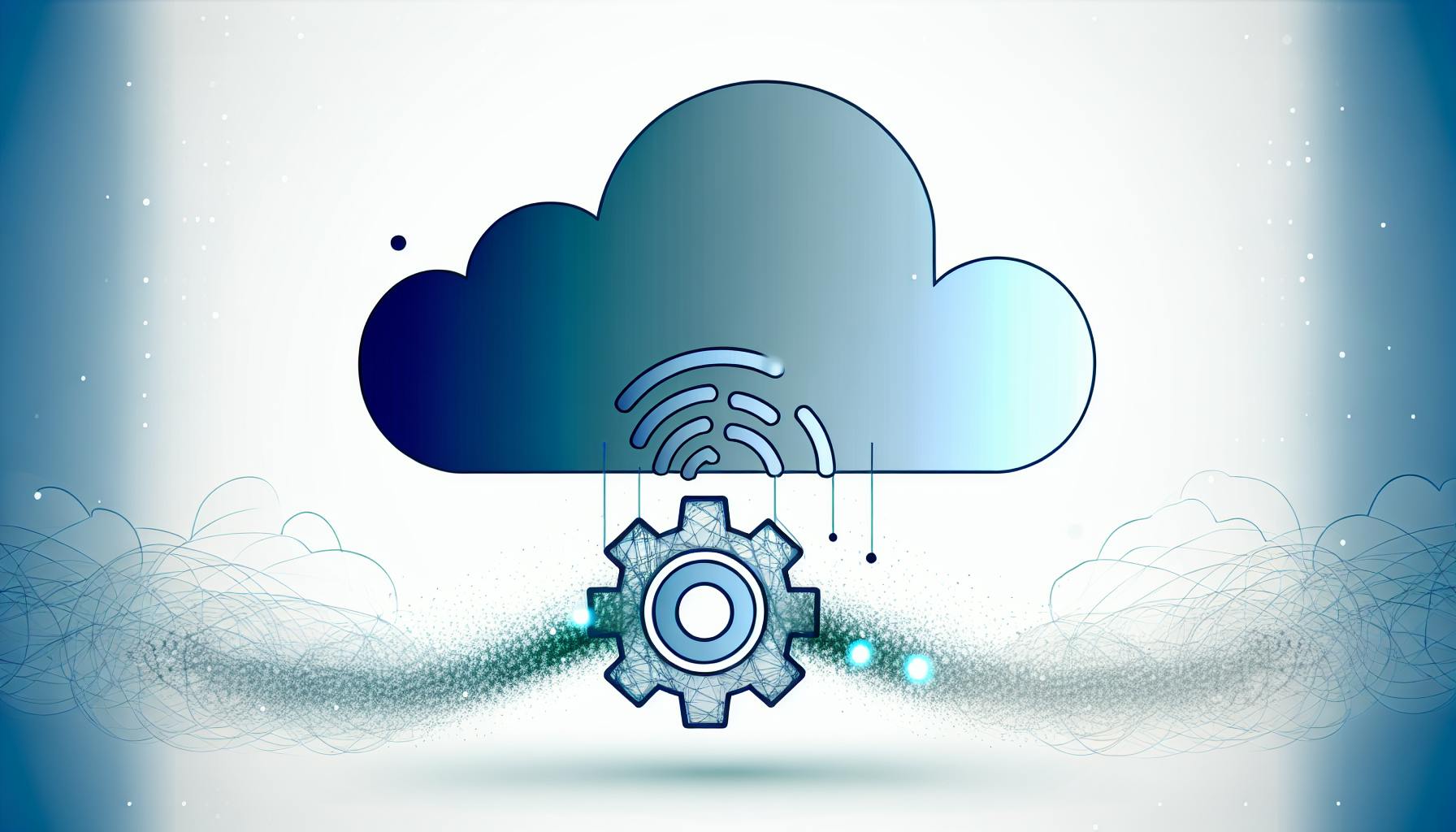Traditional monitoring solutions struggle to effectively detect and provide context for issues in our applications, especially in this age where our applications operate across diverse environments and regions. This challenge is driving the growing popularity of observability. Observability refers to how well we can understand a system's internal states by examining its outputs.
In a previous article, we compared two powerful observability platforms, Eyer and Datadog, exploring their strengths and digging into the capabilities of both platforms. With the growing interest in Eyer, this article will focus on why many users are increasingly choosing Eyer over Datadog for their observability needs.
Top reasons why developers choose Eyer over Datadog
Here are some of the reasons why more developers are choosing Eyer:
Eyer gives you automated observability
Modern users need an observability tool that simplifies the complexities of managing diverse systems. They are looking for a solution that takes responsibility for monitoring their infrastructure and automating observability without requiring manual configuration or constant threshold adjustments. That’s where Eyer empowers them.
Eyer is the poster child for automated observability. It sits atop your environment, continuously learning from your data and establishing what constitutes normal behavior. It then uses this normal behavior as a reference point to detect and alert you about anomalous behaviors in your data. You can also specify what anomalies you'd like to receive alerts on, choosing from low, medium, or severe severity levels. Refer to the official Eyer documentation for more details on these severity levels.
In contrast, with Datadog, setting alert conditions—typically involving configuring alert thresholds—is a major component of getting alerts with the Datadog monitor. Datadog also asks that the “data should be well-understood, granular, tagged by scope, and long-lived.”
The need for manual configuration—defining metrics, applying tags, and creating alert rules—can be time-consuming and complex. It requires some level of expertise as users must decide which metrics are important, how to tag data, and what thresholds should trigger alerts. This process can be labor-intensive and prone to mistakes.
With Eyer, there’s no need for manual configuration like labeling or threshold management. This reduces the effort needed to set up the system and eliminates the risk of configuration errors, allowing users to focus on responding to the system’s insights rather than setting up monitoring rules.
Eyer offers correlation out of the box
Reporting anomalies on a single data point is valuable, but it often lacks the context to understand how different data points within a system are interrelated. This relationship, known as correlation, helps to automatically link seemingly unrelated issues, allowing users to identify the source of their problems more quickly.
With Eyer, these data points are correlated automatically, eliminating the need for user-inputted tracings or labeling. An Eyer alert can contain anomalies on data points, their severity, and, additionally, the correlated data metrics. Check out the official Eyer documentation for more information on how Eyer calculates and consolidates the anomalies on data points with their correlated metrics into one singular Eyer alert.
Datadog’s correlation features, however, are heavily dependent on tags and require some sort of user action to find or display them. For metric correlations, users are expected to explore metrics, define areas of interest, and configure searches to find correlations. For other correlations, like event correlations, Datadog uses a pattern-based correlation approach, requiring the user to organize and filter data manually.
Eyer recognizes that this manual approach can be cumbersome and time-consuming. By offering out-of-the-box correlation capabilities, Eyer simplifies the process, enabling users to focus on actionable insights rather than setups.
Eyer makes it easier to scale your monitoring setup
The ability for applications to scale easily has become crucial in modern development for the longevity of applications and the organizations that own these applications. This principle also applies to the observability platforms monitoring those applications.
One advantage of Eyer is its minimal user interaction, which allows for seamless scaling of monitoring and anomaly detection as environments change and grow, all without the need for additional configuration.
In contrast, as environments expand, Datadog requires users to create more monitoring rules, tags, and potentially additional dashboards to track various components of the system. This added complexity can make scaling more difficult in larger or highly dynamic systems, leading to potential misconfigurations and blind spots.
Eyer is headless
Beyond ease of scaling, Eyer also stands out for its headless architecture. By decoupling the backend from the frontend, headless tools allow you to select your preferred solutions for each layer, enabling you to swap out or upgrade components without overhauling the entire system. This flexibility enhances customization, empowering you to tailor your observability setup to your organization’s unique needs.
Eyer’s integration with other open-source tools like Telegraf and Grafana empowers you to use automated observability in your system without being tied to a specific user interface or tool. This approach not only helps you avoid vendor lock-in but also promotes greater customization and integration with various platforms, ensuring that you can adapt to your evolving requirements.
Conversely, traditional observability solutions like Datadog often come with integrated user interfaces and predefined dashboards. While this can simplify the initial setup, it limits flexibility and customization.
Eyer has an easier-to-understand pricing model
Pricing is a key consideration when choosing an observability tool. It's important to factor in not just the current cost but also how expenses may grow over time. A predictable pricing model allows teams to budget effectively and avoid unexpected costs as their infrastructure scales.
Eyer excels in this area by offering a straightforward pricing model that provides a clearer understanding of your monthly expenses from the outset and makes it easier to assess if it fits within your team's budget.
In contrast, Datadog's pricing is more complicated, making costs less predictable and potentially higher depending on the features you use and the scale of your infrastructure.
In summary
As with many aspects of software development, the future of observability lies in automation. With Eyer, you can allow your systems to autonomously identify and report issues without the need for constant manual oversight. AI-driven anomaly detection will automatically discover and alert you to problems only when it truly matters, saving time and allowing your development team to focus on innovation.
This is the edge Eyer has over established tools like Datadog. As a newer solution, Eyer is designed specifically for modern applications with complex environments. Where tools like Datadog require extensive configuration, Eyer steps in with automation at every level, simplifying the entire process.
To get started with Eyer and leverage AI-powered observability for your environment, check out the official Eyer documentation.



